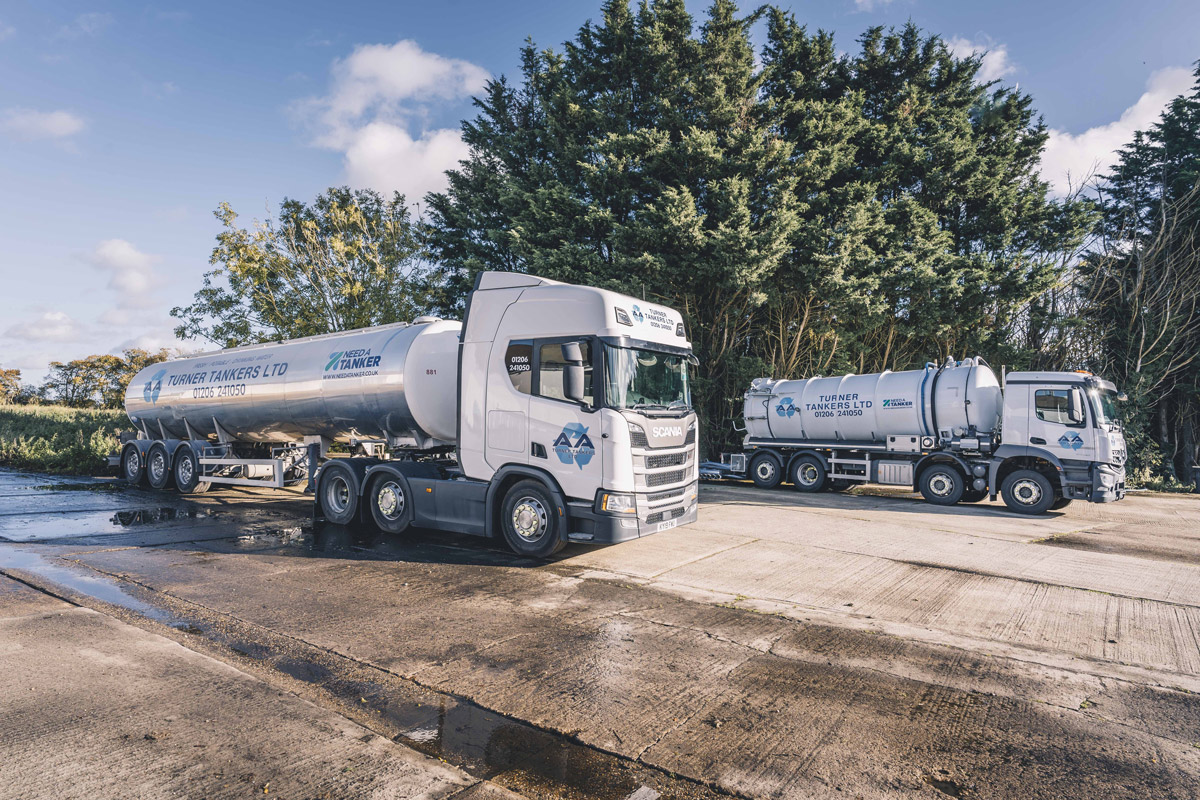8 Simple Techniques For Reclaim Waste
8 Simple Techniques For Reclaim Waste
Blog Article
The 10-Minute Rule for Reclaim Waste
Table of ContentsHow Reclaim Waste can Save You Time, Stress, and Money.Little Known Facts About Reclaim Waste.The Buzz on Reclaim WasteUnknown Facts About Reclaim WasteThe Definitive Guide to Reclaim Waste
Domestic sewage waste refers to the waste and items from a property septic tank. The appropriate management and disposal of residential sewer waste require liquid waste to be transferred to a sewer treatment plant where the proper techniques and tools are applied to detoxify and dispose of waste.
Commercial waste commonly includes prospective hazards, such as combustible materials or a combination of liquid and solid waste items, and calls for an extra advanced and thorough disposal process. The disposal of business waste usually entails the purification of waste prior to transport to guarantee risk-free and correct disposal. Industrial waste is produced from by-products and drainage of commercial procedures and manufacturing.
This kind of waste can not utilize the exact same sewer administration transport or procedures as septic or commercial liquids. The industrial waste monitoring process requires the assessment and testing of fluid waste prior to it undertakes the disposal process (industrial wastewater treatment). Drainage waste is the fluid waste that comes from drainage and excess stormwater in very populated areas or cities
Overflow waste can create contamination and flooding otherwise managed correctly. Find out more regarding sewer cleansing and waste administration. Guaranteeing correct waste monitoring can prevent disasters and lower environmental injury. Both people in domestic setups and specialists in industrial or production sectors can take advantage of recognizing the processes and policies of liquid waste management.
What Does Reclaim Waste Do?
Get in touch with PROS Solutions today to find out about our waste monitoring and disposal solutions and the correct ways to look after the liquid waste you generate.
(https://slides.com/reclaimwaste1)Do you recognize what occurs to your water when you end, flush the bathroom or drain the cleaning maker? No? Well, it's worth understanding. This supposed 'wastewater' is not just an important source but, after therapy, will be launched to our land, waterways or the sea. Utilized water from bathrooms, showers, baths, cooking area sinks, laundries and industrial procedures is referred to as wastewater.

water made use of to cool equipment or clean plant and equipment). Stormwater, a kind of wastewater, is runoff that moves from agricultural and city areas such as roofing systems, parks, gardens, roads, courses and gutters right into stormwater drains, after rain. Stormwater moves untreated directly to neighborhood creeks or rivers, eventually reaching the ocean.
An Unbiased View of Reclaim Waste
In Queensland, many wastewater is treated at sewer therapy plants. Wastewater is transported from domestic or industrial sites through a system of sewers and pump terminals, known as sewerage reticulation, to a sewer therapy plant.
The Division of Natural Resources suggests city governments regarding managing, operating and maintaining sewerage systems and treatment plants. In unsewered locations, neighborhood governments may require owners to mount specific or household sewer treatment systems to treat residential wastewater from bathrooms, kitchens, shower rooms and laundries. The Division of Natural Resources authorizes making use of family systems when they are verified to be efficient.
In some brand-new look at more info subdivisions, therapy of some stormwater to eliminate trash, sand and crushed rock has started using gross pollutant traps. Wastewater therapy happens in four stages: Gets rid of strong issue.
Makes use of little living organisms recognizes as micro-organisms to damage down and get rid of staying liquified wastes and great fragments. Micro-organisms and wastes are included in the sludge.
The Main Principles Of Reclaim Waste
Nutrient removal is not available at all sewer therapy plants since it needs pricey specialized equipment. Clear fluid effluent generated after therapy might still consist of disease-causing micro-organisms - industrial wastewater treatment.

Most wastewater flows into the sewage system. Under the Act, local governments carry out approvals and permits for ecologically pertinent tasks (ERAs) including wastewater releases that might have a regional impact.
Our Reclaim Waste PDFs
Otherwise, examples are considered lab analysis. Commonly numerous examinations are required to develop the levels of each of the various pollutants such as oils, heavy metals and chemicals in water. Surveillance provides factual details regarding water high quality and can validate that permit problems are being fulfilled. The details obtained with tracking gives the basis for making water top quality choices.
Report this page